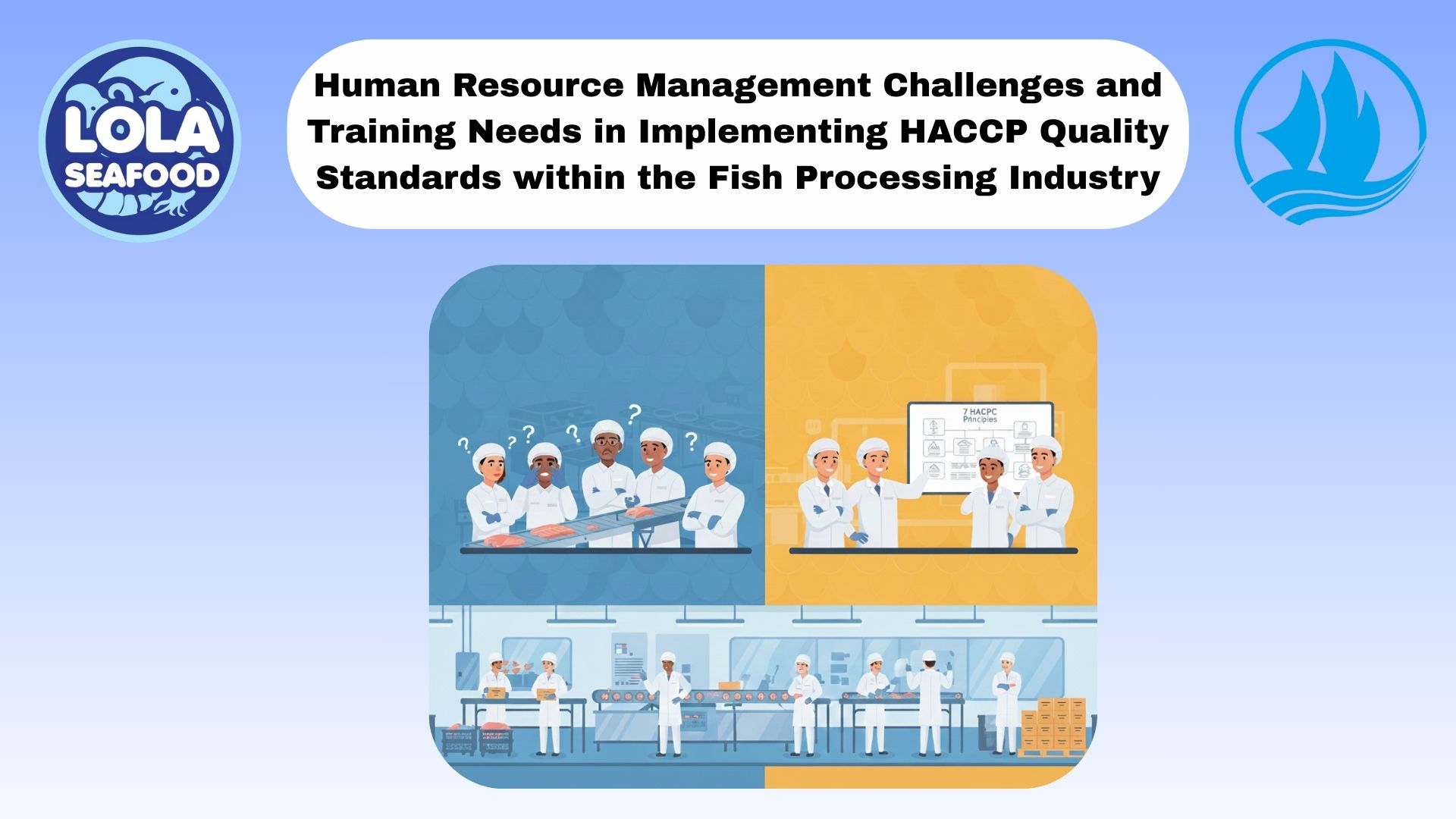Metal Detectors as a Critical Control Point in Seafood Production
By. Sofie Thoriq - 18 Sep 2025.jpg)
Kelolalaut.com Ensuring food safety is a top priority in seafood processing, where even the smallest physical hazard can threaten consumer health, brand reputation, and regulatory compliance. Among the most important tools for detecting physical contaminants is the metal detector, which is often established as a Critical Control Point (CCP) in a Hazard Analysis and Critical Control Point (HACCP) plan. By effectively identifying and removing metallic foreign objects, metal detectors play a crucial role in protecting both consumers and businesses.
Why Metal Detection Is Essential
Physical contamination in seafood products can occur at multiple stages—during harvesting, processing, packaging, or even transportation. Common sources include broken machinery parts, screws, metal shavings, or fragments from knives and equipment. Even a tiny piece of metal can pose serious risks if consumed, leading to injuries such as choking, cuts to the mouth or throat, and damage to internal organs. Regulatory authorities worldwide require seafood processors to implement preventive controls to eliminate these hazards. Metal detectors offer a reliable, non-destructive, and efficient solution for minimizing contamination risks.
How Metal Detectors Work
Metal detectors in food production use electromagnetic fields to identify metallic objects in products. When a product passes through the detection coil, any presence of metal disrupts the magnetic field, triggering an alarm or automatic rejection system. Modern metal detectors can be highly sensitive, capable of detecting metal fragments as small as 0.5–2.0 mm, depending on the product and packaging material.
There are three main types of metals that detectors can identify:
- Ferrous metals – iron and steel, easily detected due to their magnetic properties.
- Non-ferrous metals – aluminum, copper, brass, which are more challenging but detectable.
- Stainless steel – common in food processing equipment and the most difficult to detect, requiring high sensitivity settings.
Establishing Metal Detection as a CCP
Under HACCP principles, a step is designated as a CCP when it is essential to prevent, eliminate, or reduce a hazard to acceptable levels. Metal detection qualifies as a CCP because it is often the last line of defense before products are packed and shipped.
When setting up metal detection as a CCP, seafood processors must:
- Define Critical Limits – Determine the minimum size of metal fragments that must be detected (e.g., 1.5 mm ferrous, 2.0 mm non-ferrous, 2.5 mm stainless steel).
- Establish Monitoring Procedures – Regularly test the detector using certified test pieces to confirm proper function.
- Implement Corrective Actions – If the detector fails or rejects a product, the affected batch must be quarantined, re-checked, and corrective measures must be documented.
- Keep Records – Maintain detailed logs of testing, results, and actions taken for regulatory compliance and audits.
Best Practices for Metal Detection in Seafood Processing
To maximize the effectiveness of metal detection as a CCP, processors should follow these best practices:
- Regular Calibration and Maintenance – Equipment must be routinely calibrated and serviced to maintain accuracy and sensitivity.
- Employee Training – Workers should understand how to operate the detector, conduct routine checks, and respond to alarms or rejections.
- Product Effect Control – Moist seafood products may create a “product effect” that interferes with detection. Using metal detectors designed for wet products or adjusting frequency settings can reduce false positives.
- Proper Placement in the Line – Metal detectors should be positioned after major processing steps, ideally just before final packaging, to ensure detection of contaminants introduced at any stage.
Metal detectors are more than just optional equipment—they are a vital part of a seafood processor’s HACCP system. By acting as a Critical Control Point, they safeguard consumers from physical hazards, help processors comply with stringent regulations, and protect brand integrity. When properly calibrated, monitored, and maintained, metal detectors serve as an effective final barrier against contamination, ensuring that only safe, high-quality seafood reaches the market.
If youre interested in our Shark Belly , Shark Fillet , Shark Flake and Shark Cartilage please do not hesitate to contact us through email and/or whatsapp
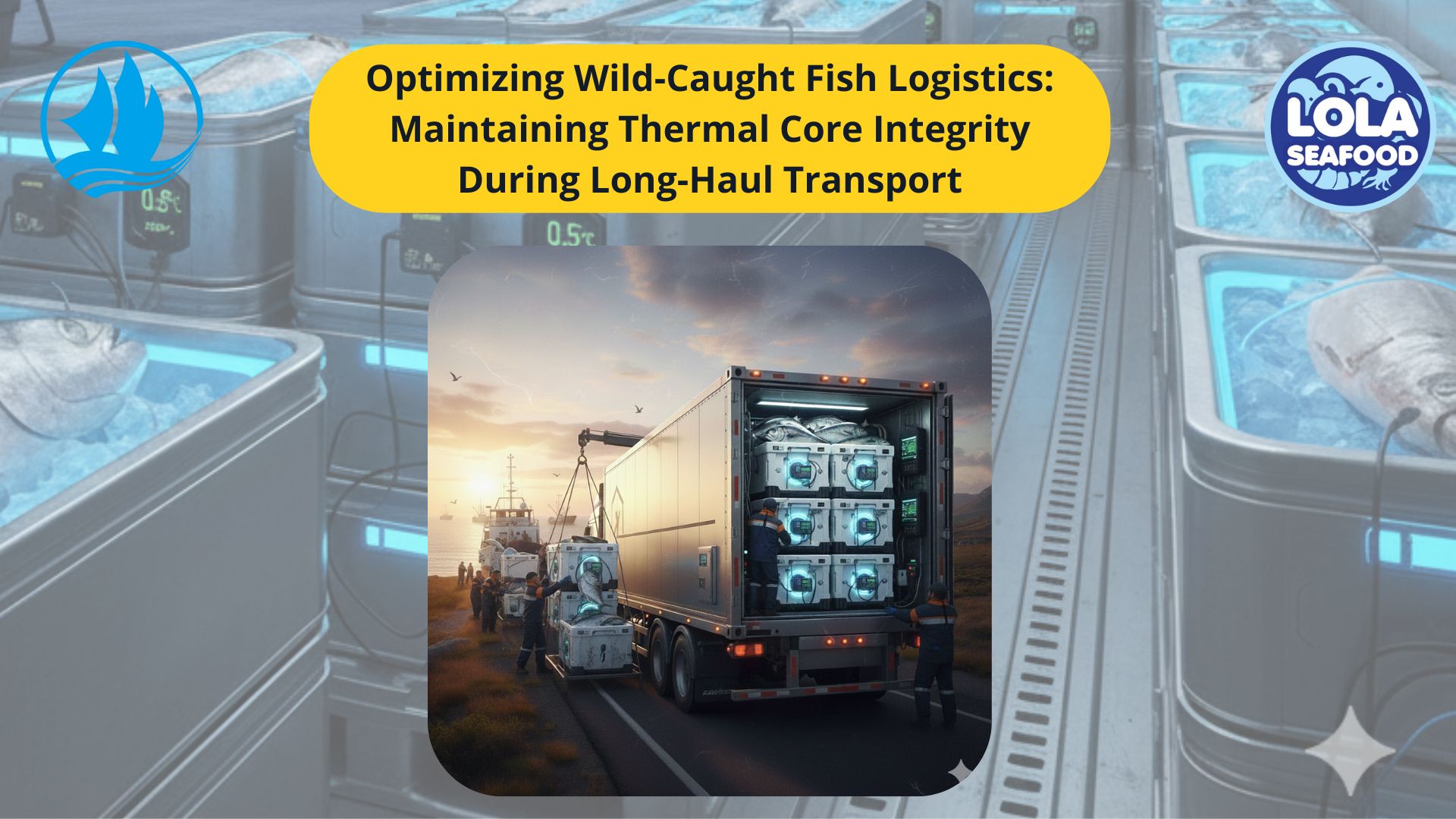
Optimizing Wild-Caught Fish Logistics: Maintaining Thermal Core Integrity During Long-Haul Transport
.jpg)
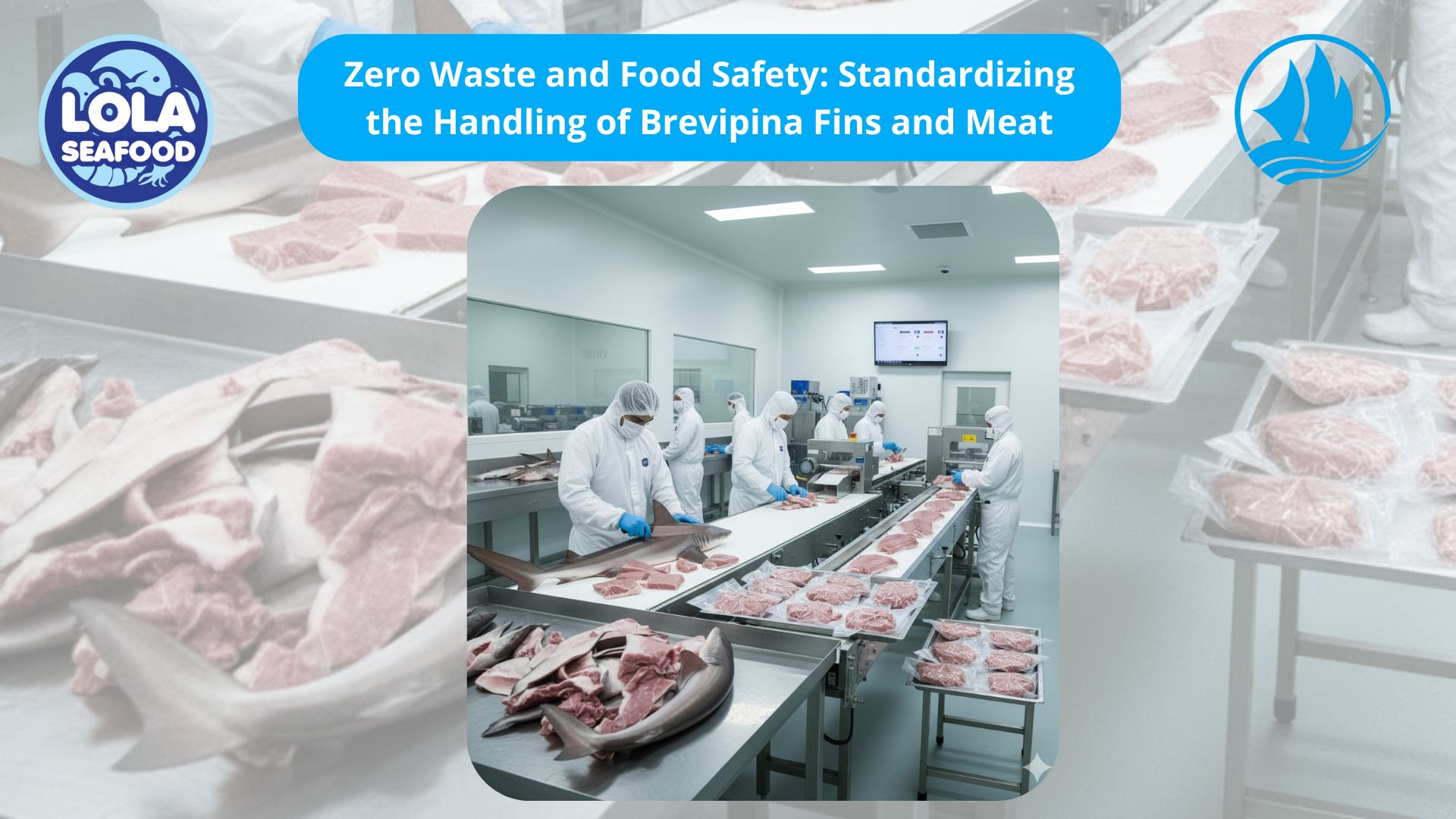
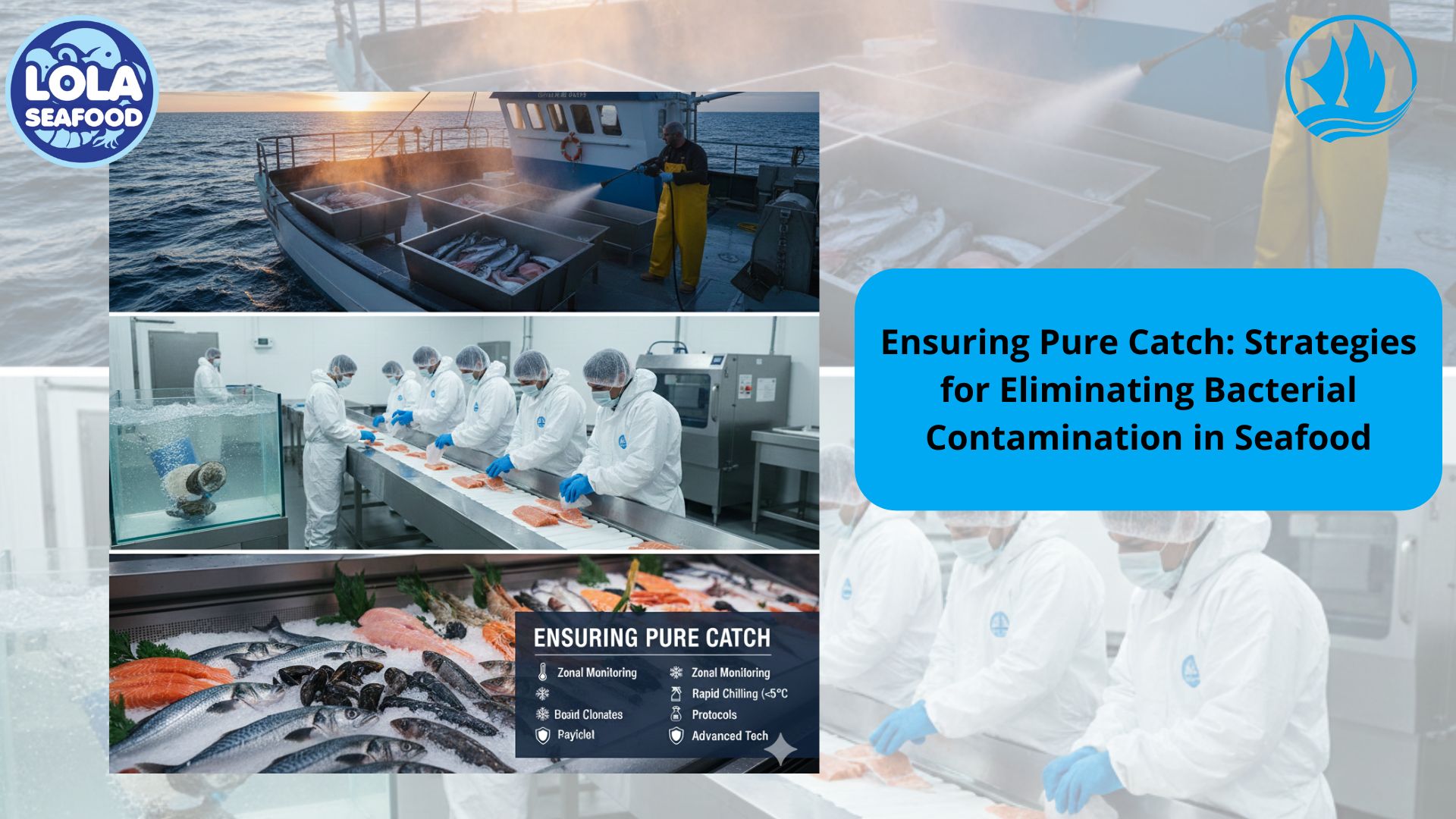
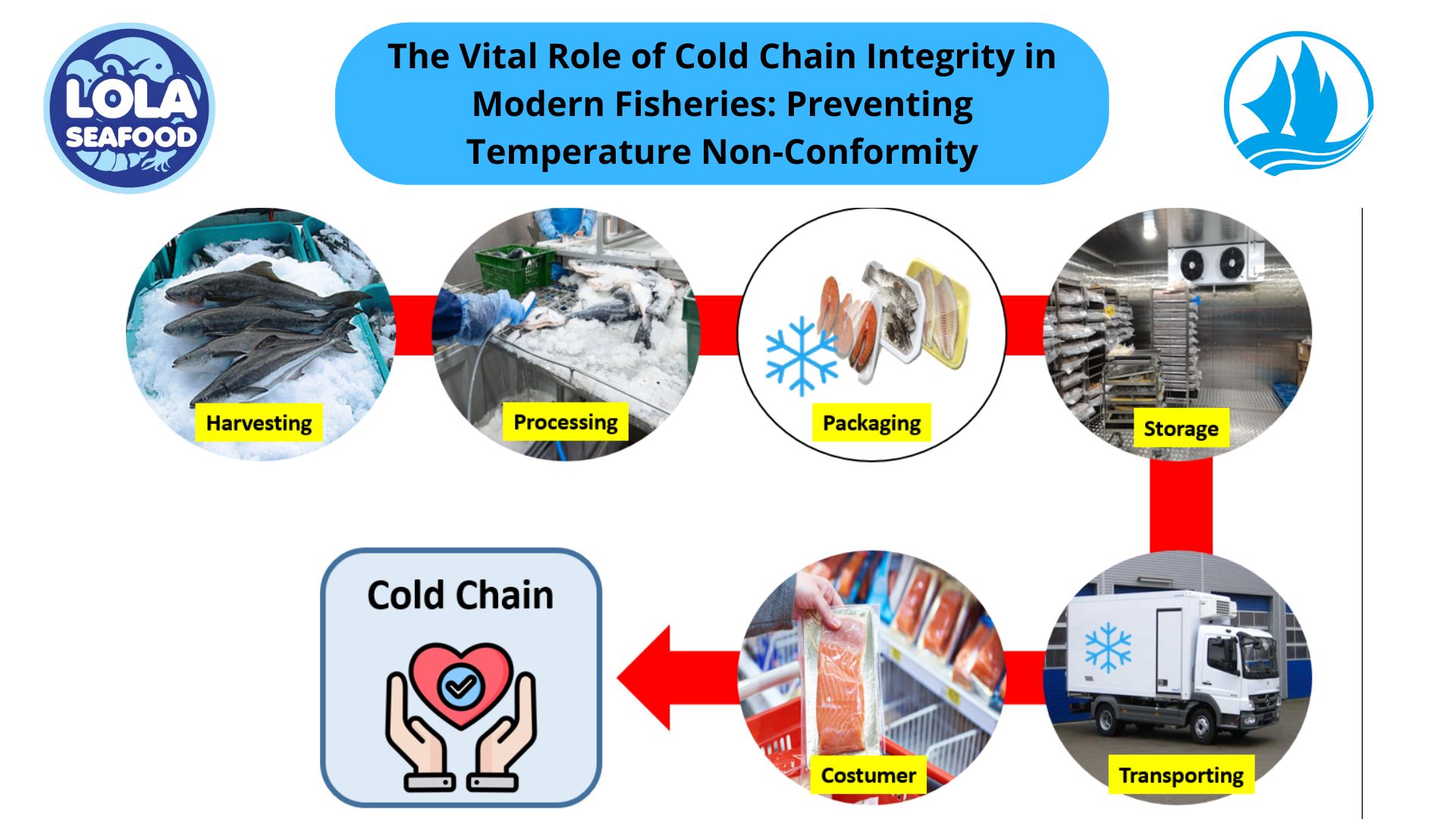
.jpg)
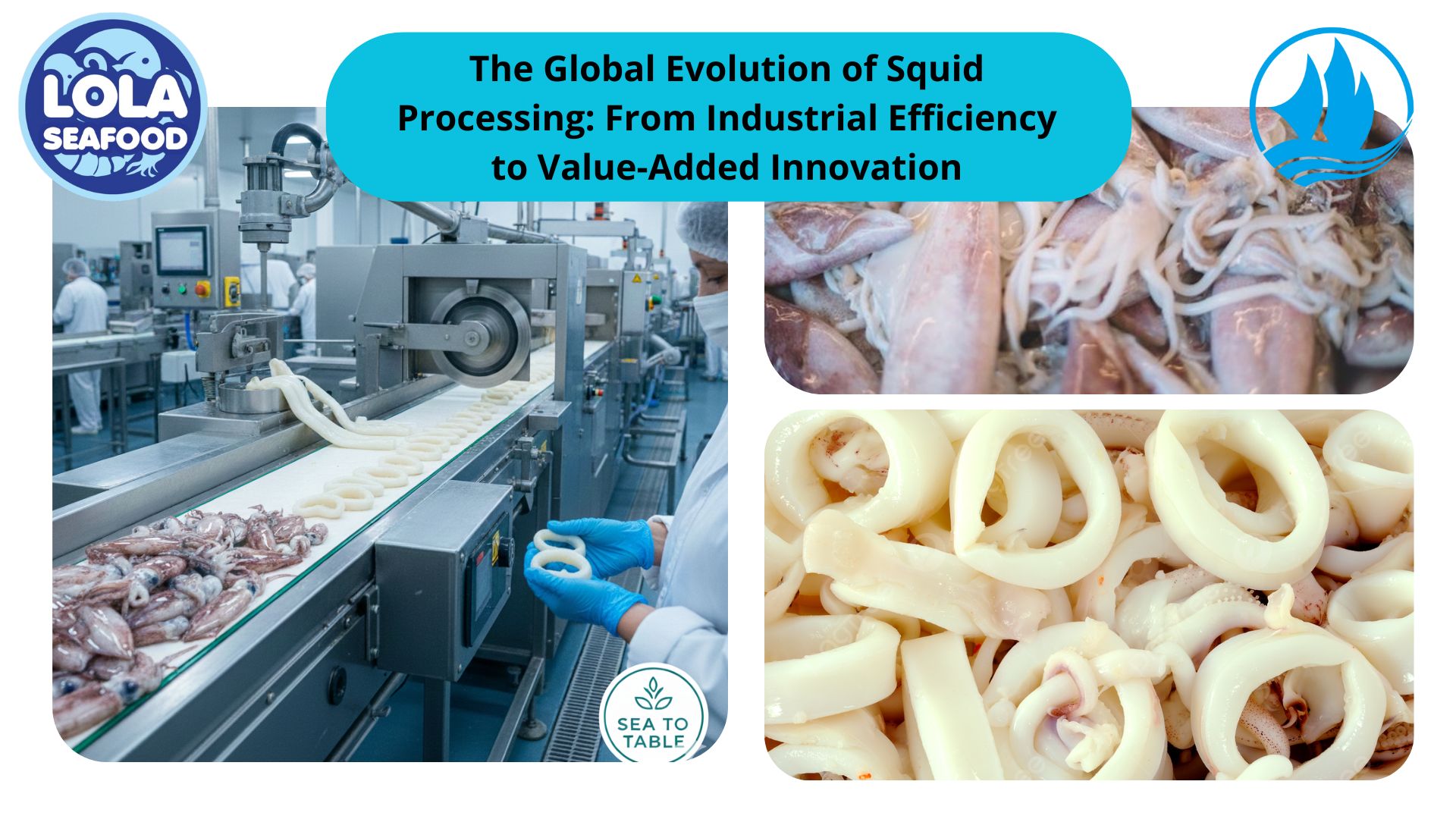
 and Employee Productivity on the Demersal Fish Processing Floor.jpg)
